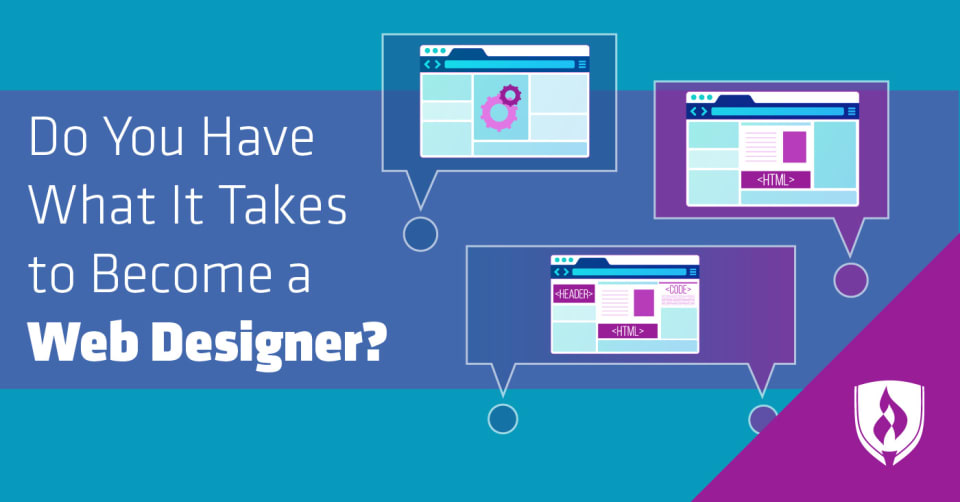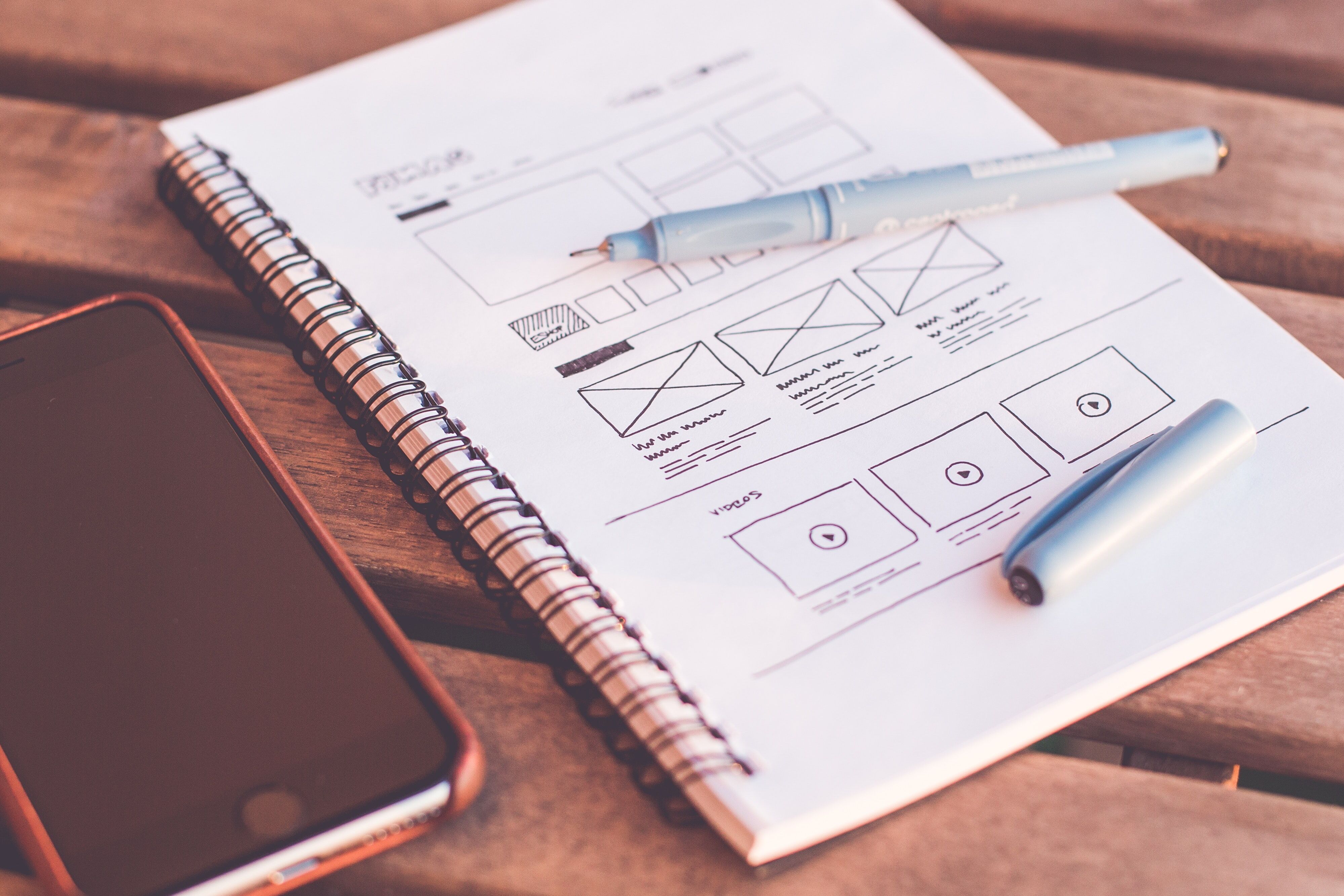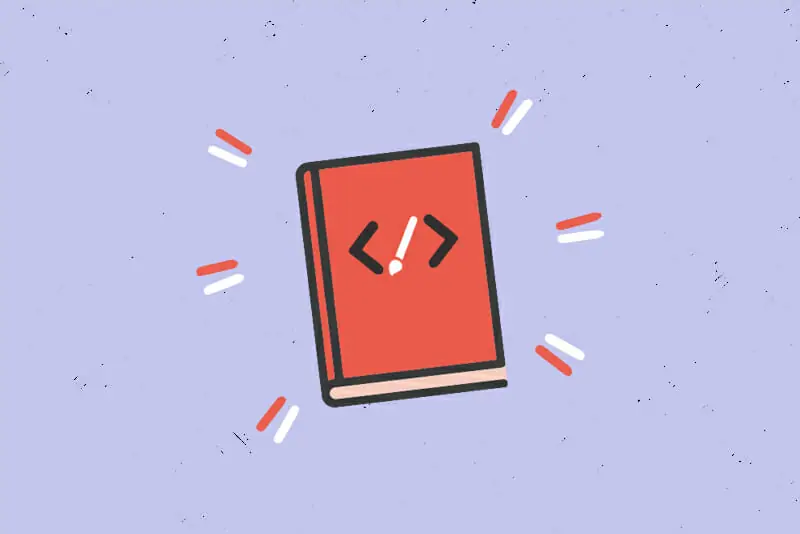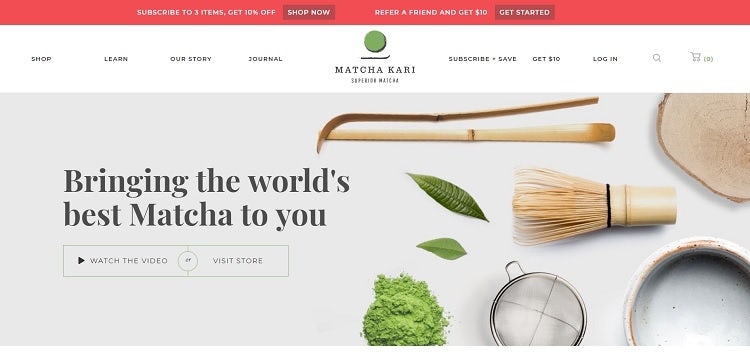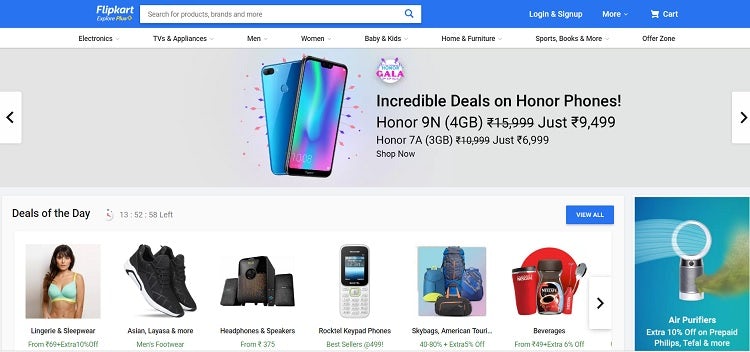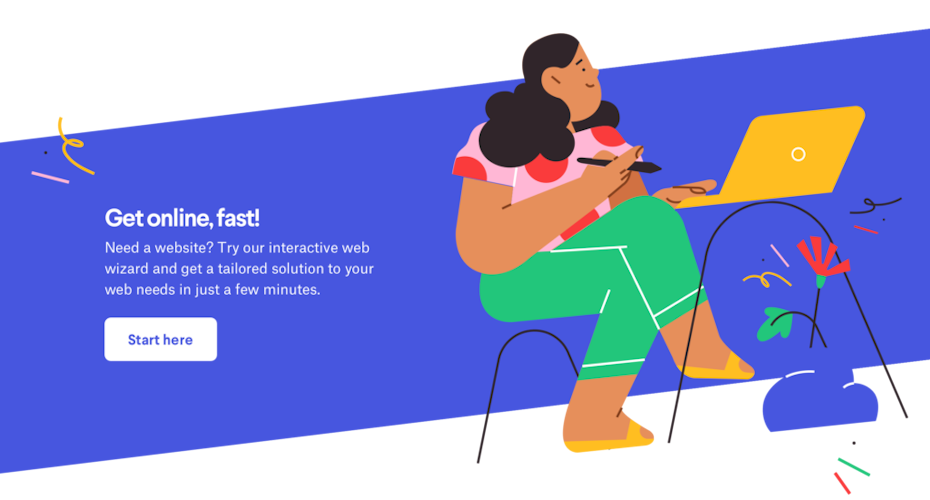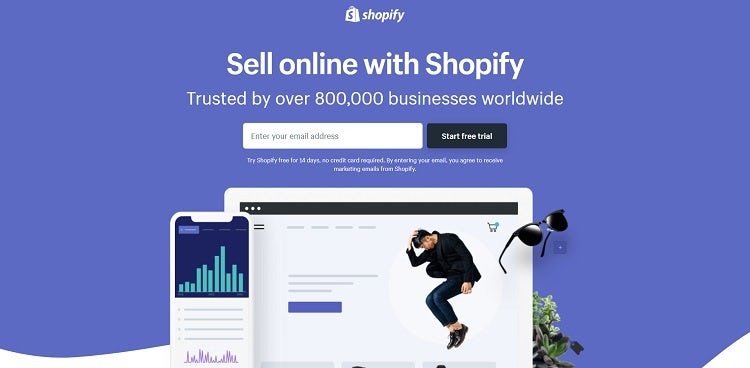5 Best Real Estate Chatbots & How They Work
With the emergence of virtual chat agents for real estate and smart chatbots for property professionals, the potential for real estate automation is enormous. When selling real estate, agencies, and real estate agents receive many queries from prospective customers who want to know more about the development. In a perfect world, a real estate agent gets in touch with potential buyers and handles the one-on-one conversation which results in buying a house or a flat. But in the real world, the selling process appears not as simple as it seems. Often people, who received detailed information from a real estate broker, disappear, or the real estate agent could not physically handle all queries from potential clients. To get deeper insights into the Real Estate segment, we asked Nadiia Pavlik, a Real Estate broker from Keller Williams Chicago – Lincoln Park, to share her experience in communicating with clients.
Intercom is one of the first companies to launch chatbots in the market since 2011. Once the prospect is deeper into the sales funnel, you can schedule home tours, as well as all the other preliminary tasks of a real estate agent. At this point, real estate chatbots real estate messenger bots can automate the process of scheduling site visits by syncing up with agents’ calendars and confirming visits. Real estate agents cannot be available to the user throughout the day due to time restrictions such as fulfilling deadlines and shift schedules.
With unmatched feature breadth tailored to address agents’ needs, rAIya is the most capable AI assistant available—freeing up hours while boosting conversions. Chatfuel enables anyone to build production-grade bots with minimal learning curve. Users can take advantage of growth tools to drive more traffic and engagement. Chatbots give real estate enterprises an indispensable competitive advantage. The aggregate insights uncover lead behavior patterns, pinpoint pain points, identify sales opportunities, and inform marketing strategy.
Our advanced technology enables automated and intelligent conversations, streamlining communication processes and enhancing productivity for real estate professionals. Although ReadyChat is not strictly a chatbot tool, it’s certainly a good alternative to a chatbot. It’s a website chat widget that is handled by professional live chat agents. You can simply share your property listings and a dedicated team of official ReadyChat operators will handle basic communication with potential home buyers for you. Their customer success professionals can even provide recommendations on how to improve your listings. All these features make ReadyChat a perfect tool for the real estate industry.
Best Platforms to Build Real Estate Chatbots
A real estate chatbot is an innovative digital virtual assistant specifically engineered for the real estate sector. Real estate professionals often find themselves burdened with numerous administrative tasks. Messenger bots offer a solution by automating these tasks, freeing up time for real estate agents to focus on more critical aspects of their business. You can pique the interest of your prospects by giving a quick virtual tour through real estate chatbots. Help your visitors visualize the home they want to buy/rent directly through the bot to move them further in the sales funnel and convert them from interested prospects into ready-to-visit customers.
Before making that first call, as a realtor, you may access the database and have all of the information about what the consumer wants. This way, you can focus on sealing the business rather than prospecting or answering questions. Real estate chatbots take over the responsibility of responding to prospects at all hours. Better yet — prospects who are on the fence may be swayed to book a tour or a meeting with you because of a positive interaction with your real estate AI chatbot. You can integrate the chatbot plugin with your website by using an auto-generated code snippet. You can also use an official WordPress plugin or use an app/plugin offered by your platform.
Chatbots in the finance and banking sector have received an equally mixed reception among customers. In spite of this, their usage is expected to increase tenfold between 2020 and 2030 at a 25.7% compound annual growth rate. As a premium solution with extensive human support, pricing is custom quoted based on needs. The technology can execute an impressively wide range of responsibilities, freeing up agents to focus on dollar-productive activities required to close more deals at higher commissions. Home buyers can conveniently receive 24/7 AI-powered updates on listings they’re following instead of having to chase down info from their agent.
Search MLS Listings
Having a chatbot as part of your real estate business can make buying or selling a home a much smoother process. With rAIya’s human-like conversational capabilities and comprehensive feature set purpose-built for real estate, it is regarded as the most capable AI assistant available. Chatbots grab new buyer and seller leads by being embedded directly on real estate websites, Facebook pages, and other online properties. However, most of the chatbot platforms out there will give just one canned response on a message sent and cannot reply to comments made on your post.
However, it is self-evident that to be successful in real estate, you must regularly acquire as many leads as possible to maintain a good pipeline. You need to provide some additional details such as the size of your business and industry. You can upload your own avatars, and choose different names, labels, and welcome messages.
His primary objective was to deliver high-quality content that was actionable and fun to read. You can go through the chatbot decision tree designer to see what the bot looks like. If you want to alter any of the messages that are sent during this bot’s conversation, just click on the appropriate node. This chatbot seamlessly connects Facebook Messenger for WordPress users. This chatbot tackles the tedious stuff – booking meetings, addressing FAQs, capturing buyer/seller details.
Overall, Chatfuel is a user-friendly and full-featured real estate chatbot platform. These digital assistants create delight by capturing, engaging and converting every lead around the clock while optimizing human agent time for high-impact tasks. In our tech-driven world, deploying chatbots to support critical customer touchpoints gives real estate enterprises a vital competitive advantage. Beyond merely answering questions, advanced chatbots can initiate engaging dialogues to collect visitor details and qualify promising leads. Crisp is a messaging platform that caters to businesses looking for a balance between live chat and automated chatbot features.
As with any technology that handles customer data, privacy and data security should be a top priority. You can also sign up directly through your Google account.After signing up successfully, you will see various chatbot templates based on different use cases. Your goal is to provide resources that respond to what people are looking for. Anticipating their needs will make you a hero in the eyes of buyers and sellers. To set up your ManyChat real estate bot, you need to make a Facebook Page before. Step 4 – Deploy the chatbot when you’ve figured out the contract with the platform firm.
Like a vigilant doorman who never sleeps, these intelligent chatbots can field inquiries, qualify leads, and even book showings on your behalf so you wake up to new prospects instead of regrets. Olark provides a straightforward and effective live chat solution, ideal for real estate businesses seeking simple yet efficient client communication. The strength of the best real estate chatbot lies in its consistent availability. Functioning tirelessly, these chatbots ensure your business remains responsive at all hours, an essential trait in a market where timing is crucial.
Chatbots have been gaining popularity in recent years as a way to automate repetitive tasks. For instance, instead of typing out the same message for the hundredth time, you can set up a chatbot to send automatic replies for you. Let our AI expertise create fully customized automation to capture more leads, build meaningful relationships, and close transactions faster. The virtual assistant even follows up persistently for 90 days, integrating with your CRM. Smaller teams similarly might see benefit in the form of boosted web leads, allowing for instant follow up. When looking at everything shared in this article, it’s clear that these virtual helpers give real value in connecting with and supporting leads day and night.
Once you have decided on the type and complexity of your chatbot, you can start developing one using the step-by-step guide below. If you want to develop such a bot, you may need help from chatbot developers for initial bot settings and training. In the 24/7 world we live in today, home buyers expect to engage instantly whenever the urge strikes.
It provides all the tools businesses need to create and set up chatbots. These include a visual chatbot builder, templates, and artificial intelligence (AI) capabilities. MobileMonkey also offers a wide range of integrations with third-party services, making it easy to connect bots with your CRM or sales tools. Believe it or not, social media are currently the most successful platform to generate leads for real estate.
Engati’s team helps you configure, train, and enhance your chatbot for peak efficiency. You can foun additiona information about ai customer service and artificial intelligence and NLP. Many real estate chatbot apps now exist, so it’s crucial to compare which offer the best features, reliability and overall value for your money. Chatbots play important roles across every phase of the real estate sales process – from first lead connection to helping manage transactions as a loyal virtual assistant.
Chatbots are increasingly being used to improve sales, customer service, marketing, and consumer experience. Lead qualifying bots can help firms improve operational efficiency and cut costs while increasing customer satisfaction. Property management chatbots are capable of performing some of the below-mentioned activities which help companies to increase the number of leads. Real Estate messenger bots and lead generating bots in real estate are beneficial to both real estate agents and customers when saving time, money, and other resources. Real estate is one of those industries that’s evolving thanks to chatbots. You should consider developing messenger bots for your real estate business if you want to reduce customer support costs, receive more qualified leads and, as a result, increase your income.
It also allows for a wide range of integrations, making it a great choice for real estate agencies. Chatbots are commonly used in customer service to provide automated responses to customer questions. In real estate, this can mean answering questions about properties or the sales process. RAIya is an industry-leading AI chatbot from Ylopo engineered specifically to meet the unique needs of real estate agents and teams. With so many benefits, we could keep going for days, but let’s start with some of the best features you can enjoy when you begin to deploy real estate chatbots. While real estate chatbots have already demonstrated immense value, upcoming innovations in conversational AI technology will further transform what these bots can accomplish.
With Landbot, you can create simple chatbots in minutes, without any coding required. It comes with a whole library of interesting chatbot designs that are ready to customize and connect to your property management system. As the tech improves, real estate chatbots are getting better at managing more complicated discussions that bring in deals directly.
With the help of Floatchat, we have access to cutting-edge chatbot technology that enables us to streamline our communication processes and improve our overall productivity. Their intelligent chatbots for real estate agents are designed specifically for realtors, providing us with the tools we need to better serve our clients. In general, real estate businesses use bots to streamline the home-buying process.
They’Ll have their business card, and they’ll just have the Facebook logo, but they don’t have anything else. The link is too long, and I understand why you don’t put the link to Facebook on your business card, but anyways um, with this QR code. If there is some reason you do not want to send them to your real estate chatbots, then feel free to use the free landing page templates below and send them to that individual home. Statistics show that more than half of millennials prefer contact via live chat instead of a phone. This is vital for real estate agents to know, as, in 2018, millennials made up 73% of all residential buyers. With your real estate chatbot in place, you can have multiple conversations per day and collect essential data about your target audience.
Freshworks is your dynamic virtual realtor, enhancing real estate interactions with its advanced AI capabilities and multi-channel reach. It’s designed for realtors seeking to transform their customer communication with proactive, personalized engagement. Adopting messenger bots may Chat PG require initial training and a learning curve for real estate professionals. It is essential to familiarize oneself with the functionalities of the bots and optimize their usage. Here, since we are building a real estate chatbot, we will choose real estate in the industry tab.
- Find the template called Lead generation for Real Estate and click Use template to start personalizing it for your business.
- If you are looking for a free chatbot for real estate, it’s a great starting point.
- These chatbots can reduce manual labor, enhance real estate agent-client interactions, and increase productivity for real estate professionals.
Messenger bots have the potential to significantly enhance the customer experience in the real estate industry. Contrary to popular belief, building a real estate chatbot is not a herculean task, especially if you are building it with WotNot. With WotNot’s no-code bot builder and ready-made templates, you can build a real estate bot within 5 minutes.Yes, all you have to do is, follow the below instructions. In the current times, the real estate sector is reeling under the pressure of increasing competition and the volatile state of markets.
With Floatchat, you can stay ahead of the game and revolutionize your sales and client interactions. With our expertise in chatbot development, we offer real estate agent chatbot solutions that are tailored to your specific needs. Our chatbots can act as virtual assistants, handling routine tasks and providing support to agents. We also offer advanced chatbot technology for real estate professionals, including AI-powered virtual agents and intelligent chat systems. At Floatchat, our chatbot technology is designed to enhance real estate agent communication and improve overall efficiency. Our advanced chatbot technology for real estate professionals provides a 24/7 customer service experience, ensuring that clients receive timely and accurate responses, even outside of regular business hours.
With your real estate chatbot in place, you can engage in a more natural back and forth style of conversation, giving a much better engagement to all of your prospects and building trust at the same time. With a tight budget, you cannot build a custom solution with numerous integrations. Thus, you can choose among bot builders previously discussed in this article. Such DIY chatbot platforms are user-friendly, have a drag-and-drop menu, and have low charges for publishing a bot.
A huge benefit is seeing listing specifics directly in the conversation without ever leaving chat. With over 1000 templates to select from, you can craft a tailored conversational roadmap aligned to your brand essence. Tars mainly aids sophisticated professionals who know exactly what they want. Timesaving tools like saved common responses, contact lists, and FAQs simplify responding efficiently.
Chatammo includes all of the statistics you would expect from a chatbot, but then like everything else, goes much further. Looking at Facebook first, let’s go through just a tiny amount of what a chatammo chatbot can do for you. Here I will go through a few that chatammo chatbot has in place to take your chatbot to a whole new level. Here you can see the exact type of property your client is looking for all of the details, budget, properties you have already sent for them to view. However, you risk losing a potential customer whenever you can’t respond to your prospect’s questions immediately.
While other real estate chatbots are limited to passive lead capture, rAIya is uniquely equipped for active outbound prospecting at scale. This virtual ally relentlessly nurtures leads on your behalf until they convert or expire. The #1 benefit real estate chatbots provide is instant response availability 24 hours a day, 7 days a week. Unlock a new era of customer engagement in real estate with the power of chatbots.
Assume that a visitor is seeking a new home to live in or that a possible seller wants to sell their unit. ChatBot is a paid chatbot platform that offers real-time updates and automatic listing https://chat.openai.com/ distribution. Additionally, it provides lead capture features like a form widget on your website. This allows visitors to submit their contact information and lets you follow up with prospects.
The benefits of using chatbots for real estate agents are too significant to ignore. They can automate routine tasks, provide instant property information, and handle multiple client inquiries simultaneously. This can lead to increased efficiency, better customer experiences, and ultimately, more sales for chatbots for real estate agents. As real estate professionals, we understand the importance of providing exceptional customer service.
And only 8% of customers in Italy wanted to use virtual assistants for handling their real estate queries. By using real estate chatbots, agencies can not only qualify leads and send follow-ups, but also improve engagement and increase sales. In the fast-moving realm of real estate, having a chatbot is necessary for success. With an increasing number of customers demanding quick responses, as 43% of CX experts highlighted, real estate chatbots emerge as the ideal solution for immediate query resolution. They are pivotal in reducing response and resolution times, and catering to clients seeking quick and effective answers. Previously, individuals were given tangible copies of forms to fill out to record the sort of goods they were interested in.
Becoming a chatbot: my life as a real estate AI’s human backup – The Guardian
Becoming a chatbot: my life as a real estate AI’s human backup.
Posted: Tue, 13 Dec 2022 08:00:00 GMT [source]
While messenger bots offer numerous advantages, it is essential to understand their potential limitations. Messenger bots aid in this process by capturing and qualifying leads in a more efficient manner. Real estate professionals inevitably save time and increase efficiency by leveraging messenger bots in their operations. For now, we’ll choose a property showcasing template to build a real estate chatbot. Qualified is the expert-recommended software that is easy to use and focuses on generating pipeline for high revenue.
The problem, of course, is that it is impossible to engage with all of your prospects at the same time. Calls, messages, live chats, and face-to-face meetings can be crucial when finding the client’s needs and building trust. When a visitor lands on your web page, your chatbot can greet them, which helps your prospects stay on your website longer.
When you use chatbot marketing, you can begin to look at some awe-inspiring results within your lead generation. But if you are looking for a solution to optimize business processes, you can choose between the next two types of chatbots. And as conversational AI and predictive analytics advance, the experiences and results chatbots drive will only get smarter. Chatbots easily handle large volumes of common real estate FAQs, qualifying questions, and general inquiries to efficiently resolve visitor needs right upfront without agent assistance. There’s no confusing menus, no excessive number of features, and everything looks organized and neatly positioned.




